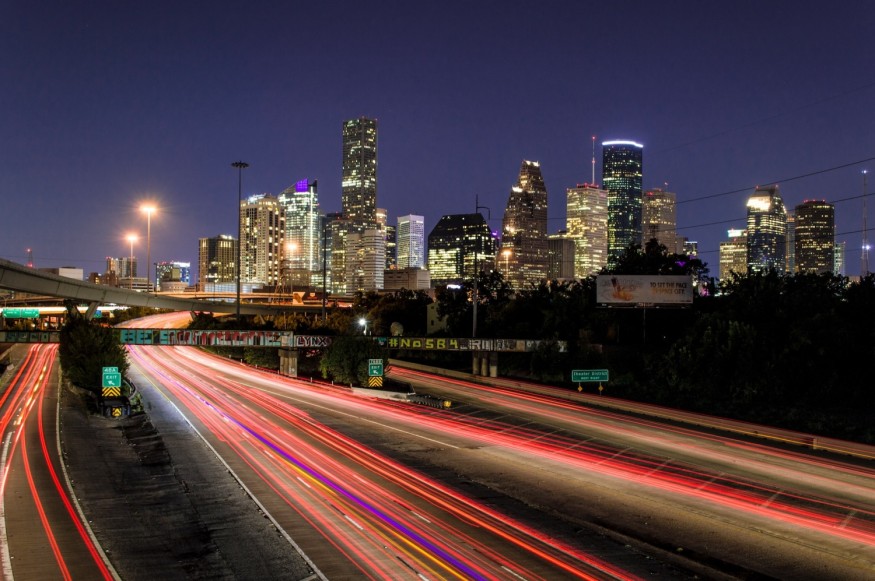
Houston systematically ranks among the top cities in Texas for the number of annual road traffic accidents reported. New data released by the Texas Department of Transportation reveals that the fatality rate on roadways for 2022 was 1.55 deaths per hundred million vehicle miles traveled. Based on the reportable crashes, one person was killed every one hour and fifty-seven minutes. There were approximately 308 fatal crashes in Houston for which there were at least 326 fatalities. More individuals die in car accidents on Bissonnet than on any other street in Houston. The question now is: Why is Houston the deadliest place to drive?
The Numbers Are a Strong Reminder of How Deadly the Roads Are in Houston
By and large, there were 67,386 crashes in Houston in 2022. It's Texas' largest city by population and square miles, which plays a role in the frequency of collisions. The places where crashes happen the least are Amherst, Bay City, Charlotte, Danbury, Detroit, Fulton, Lakewood Village, North Cleveland, and Pinehurst, to name but a few. Houston is home to some of the deadliest roads in the country, so there's a lot more opportunity for danger. I-45, which stretches out from the Gulf of Mexico to Dallas, is extremely dangerous, and in many cases fatal, due to a combination of super-busy urban stretches and driver complacency.
Other roads with high accident rates include but aren't limited to Highway 6, South Gessner Road, Westheimer Road, Frontage Freeway, and Fountain View Road. If you were involved in a motor vehicle accident and sustained physical injuries, or someone close to you has died, you can take legal action for the damages caused by the collision. Houston personal injury attorney, Jose Ceja says that "it's sad, disappointing, even infuriating to think that these incidents can be prevented." Unfortunately, there are many oblivious drivers on the streets. The point is you need to be careful when using busy roads and highways. People aren't careful, and sad things happen.
To Fulfill Vision Zero, Houston Needs to Shift from Thinking to Doing
Vision Zero represents Houston's commitment to put an end to traffic deaths and serious injuries, pledge signed by mayor Sylvester Turner in 2019. It places emphasis on safety and accessibility in street design for people of all ages. In Vision Zero, the responsibility is on the transportation system, not to mention engineers who work to improve mobility and safety. To reduce the chances that a crash would turn deadly, it's necessary to anticipate/prevent human error and accommodate injury tolerance. The project will help deaths from road traffic accidents, especially through underserved communities, but transforming community wide beliefs requires meaningful engagement and clear strategies.
The Texas Department of Transportation prioritizes safety over speed, contrary to popular opinion. For a long time, the approach to traffic safety was to accept the number of deaths, but all that has changed. To be more precise, great efforts are made to eliminate all traffic fatalities and severe injuries, while enhancing safe, healthy, equitable mobility. Nowadays, we don't plan for any deaths. Many argue Houston's future as a resilient city depends on infrastructure that protects citizens, so Vision Zero is a paramount component of overall well-being. All accidents are preventable.
Final Thoughts
Risk surrounds us, and we often see it coming in the rear-view mirror. Protect yourself from becoming a statistic.
© 2026 ScienceTimes.com All rights reserved. Do not reproduce without permission. The window to the world of Science Times.










